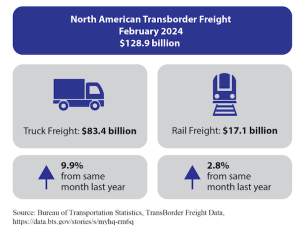For the first time, with the UMS Ulm-Melzo Shuttle, the Ulm/Danube-Iller, Niederglatt/Zurich and Melzo/Milan economic areas now have a direct container, swap body and trailer service. This new economically and ecologically attractive alternative system for traffic through the Alps is initially available twice a week in each direction. A third round trip at the weekend will be added on June 13, 2010.
With three round trips per week, the UMS Ulm-Melzo Shuttle will have the potential to replace 6,600 HGV movements on the roads per year. This will reduce the CO2 discharged into the atmosphere by at least 3,500 tons.
At the Ulm UBF terminal, last loading time on Tuesdays and Thursdays is 17.40 with transport units available for collection in Melzo from 10.30 the next morning.
In the opposite direction, last loading time in Melzo is on Mondays and Wednesdays at 17.00 for availability in Ulm the next day at 10.45. For Niederglatt, transport times are of the same order.
Traction services for the new shuttle that links three different countries are provided by SBB Cargo AG in cooperation with DB Schenker Rail and Trenitalia.
At the terminal in Melzo, intermodal consignments can connect up in both directions with the national network of Sogemar SpA/Hannibal SpA. This Italian partner offers through links to the seaports of Genova Voltri, La Spezia LSCT, Ravenna, Venezia PM and Forsinone to the south of Rome. The Melzo terminal is conveniently located close to the Milan orbital, the A9 Milan ' Como and A4 Milan ' Venice motorways.
The UMS Ulm-Melzo Shuttle is the outcome of the AlpFRail interregional project, in which the Ulm-based Danube-Iller regional association played a leading part. This project, which had the backing of the EU during its preparatory phase, consisted of investigating possibilities for the development of freight traffic through the Alps. At the same time, an international network of rail freight players was put in place and this contributed to the introduction of new rail freight pilot corridors.







